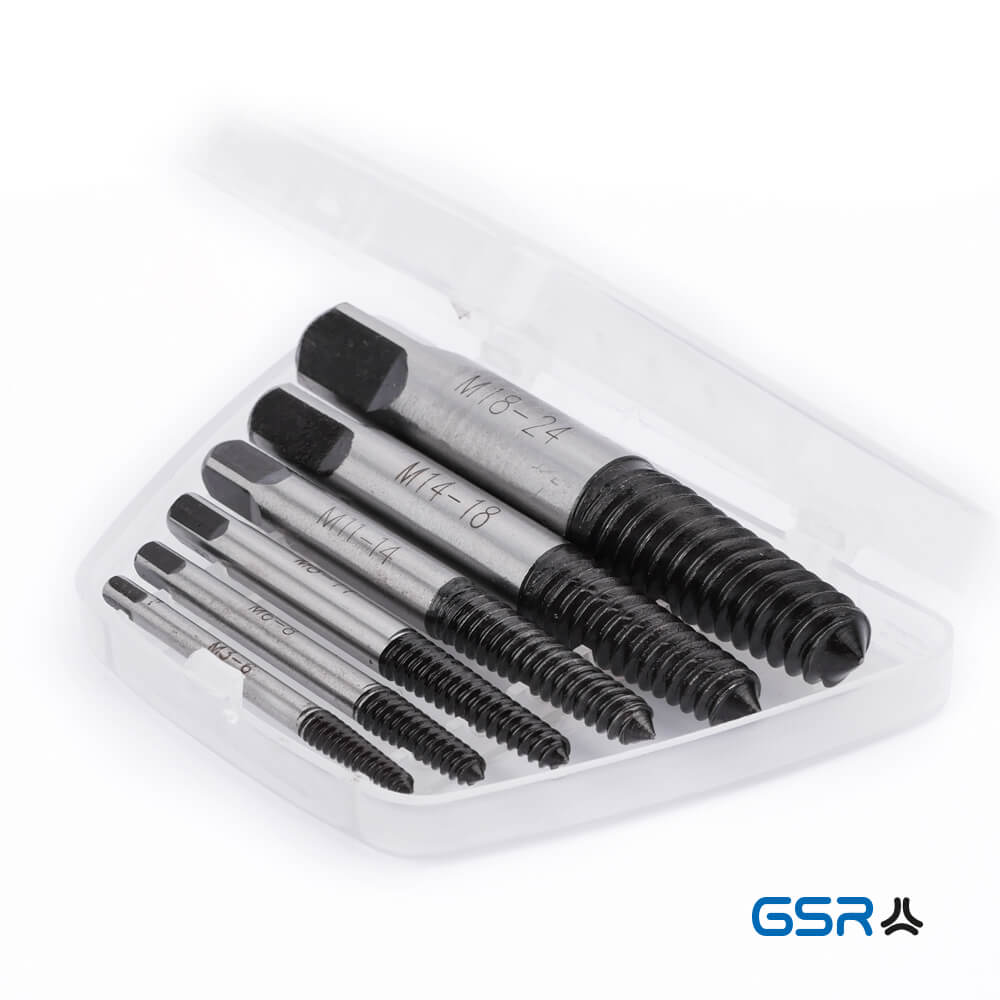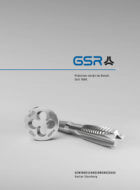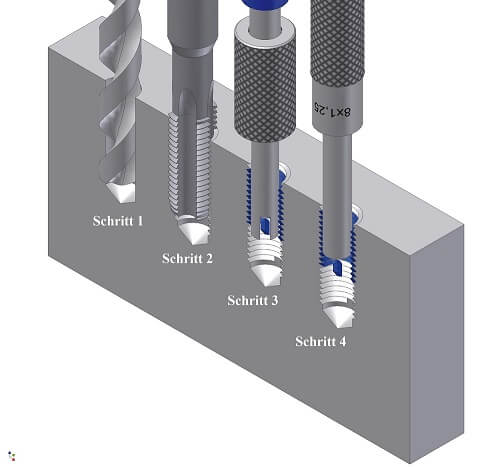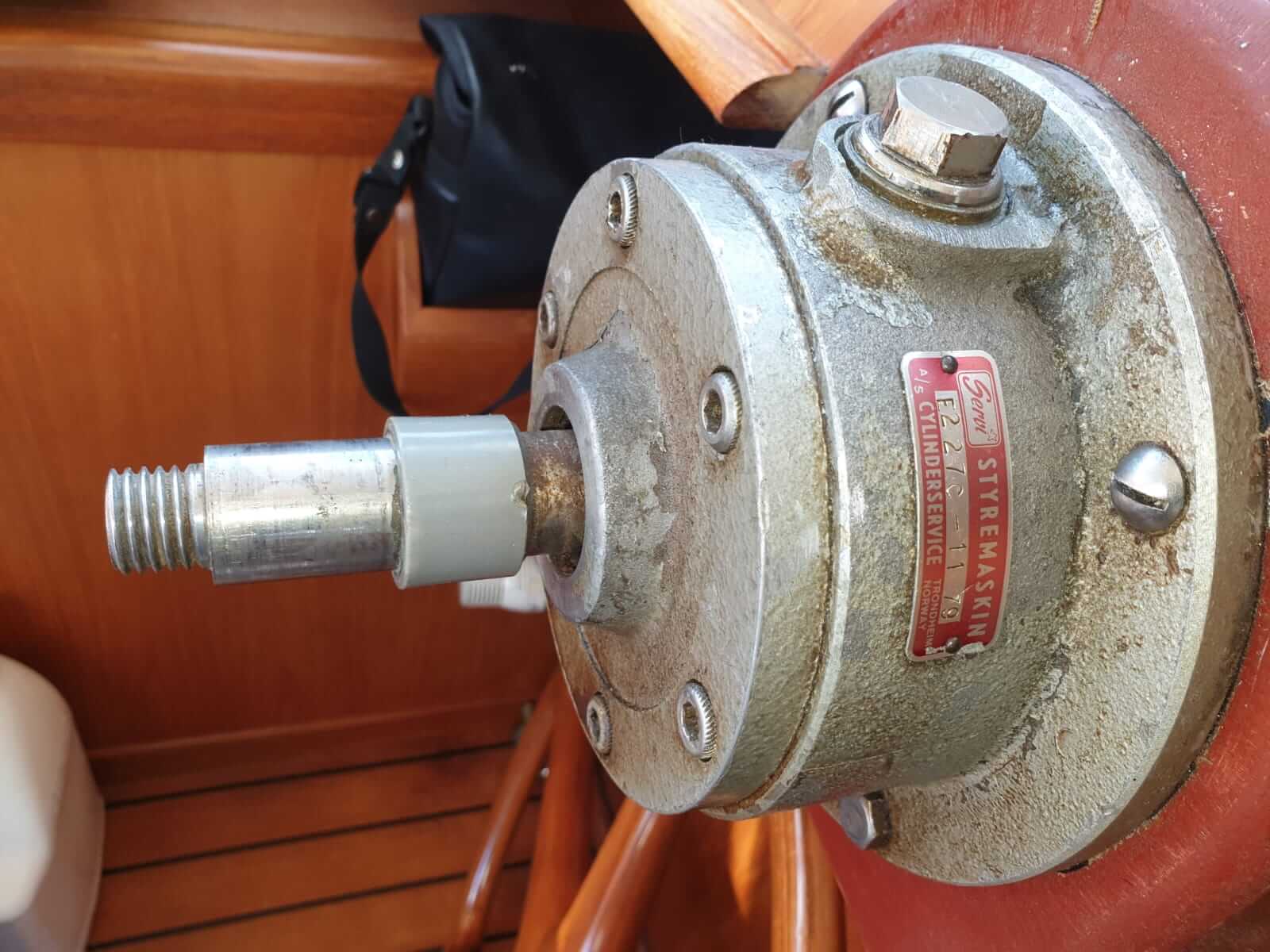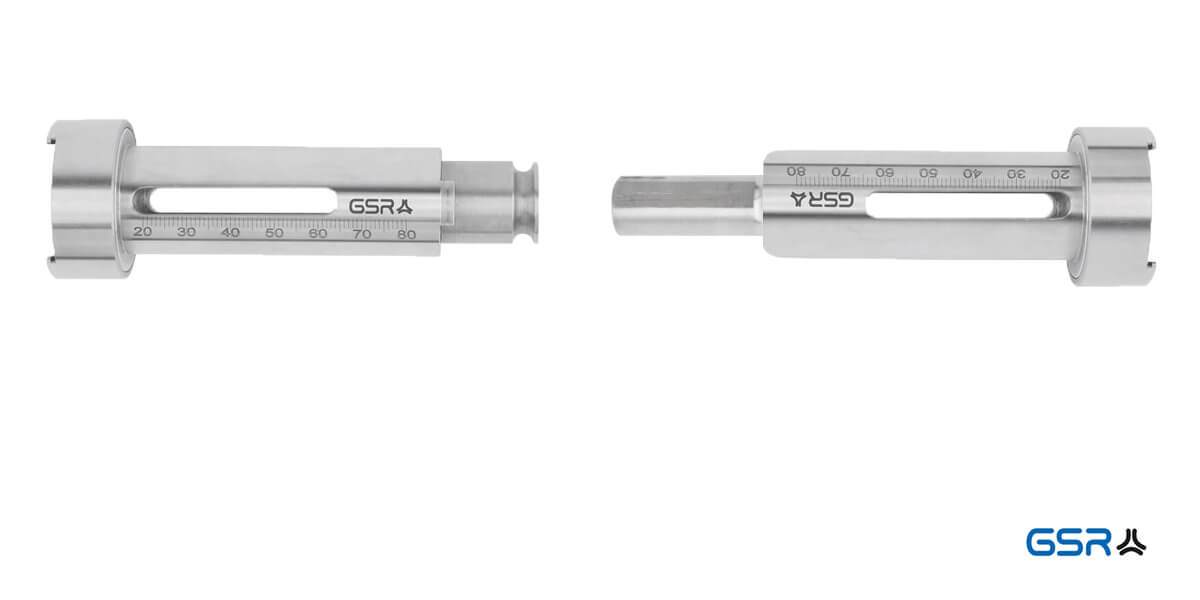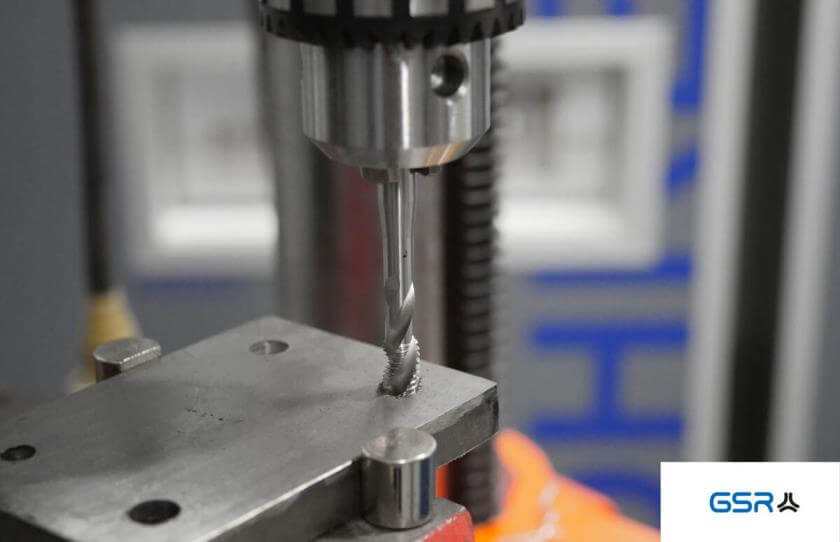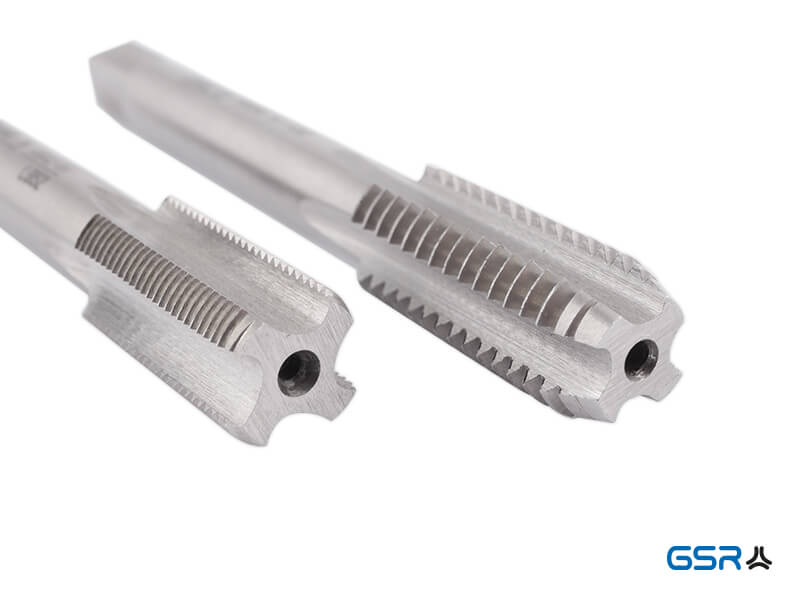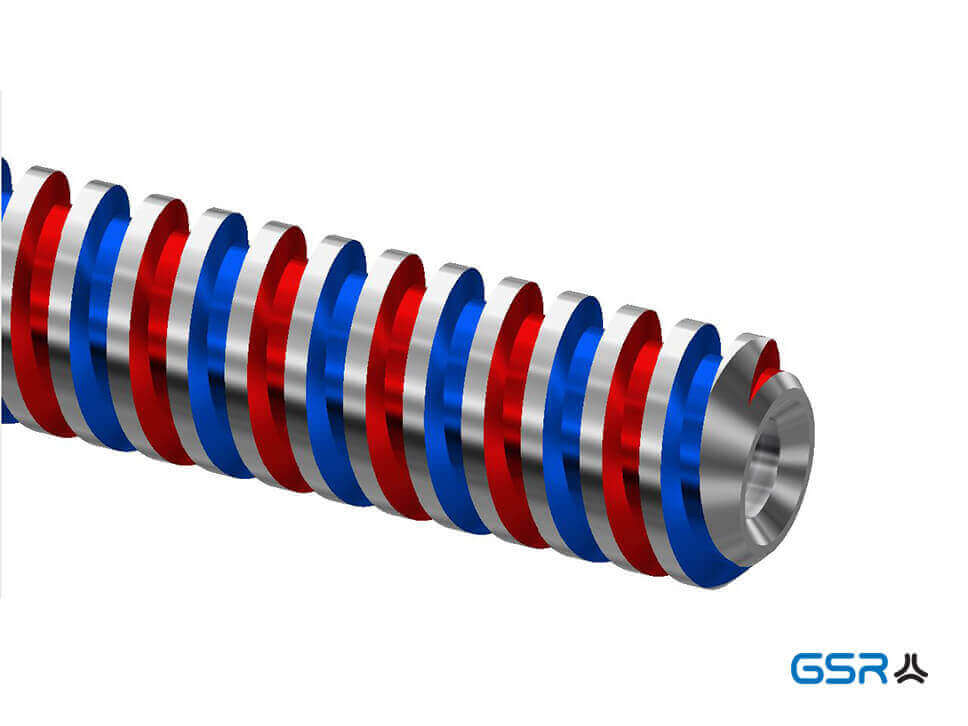The 3 biggest weak points of screw connections
In this blog article we want to show you the biggest weak points of screw connections.

Most bolted joints are always exposed to various loads. These can be static or dynamic as well as thermal loads. The load-bearing capacity of a screw can be made dependent, among other things, on the material used and its elastic behaviour (the screw itself and the connected parts).
The 3 major weak points of screw connections that lead to fatigue fracture are as follows:
1. in the head transition:
15% of all damage occurs at the transition from head to shank. This can only be prevented by a careful and careful working method.
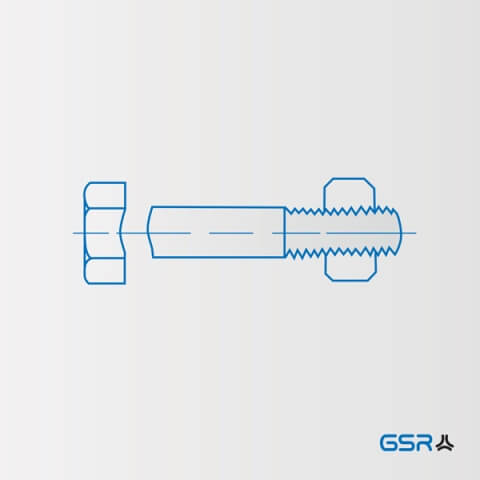
2. in the thread run-out:
20% of all damage occurs at the transition from the screw shank to the thread. In order to minimize this weak point, it is necessary to round off the thread run-out exactly.

3. in the first bearing thread:
The third weak point is the first thread. 65 % of all damage occurs at this weak point. This can be prevented, among other things, by ensuring that the flow of force is transferred to all threads. On the one hand, this is possible by tapered unscrewing of the nut. Another measure that would distribute the flow of force better would be a nut with a relief notch.






